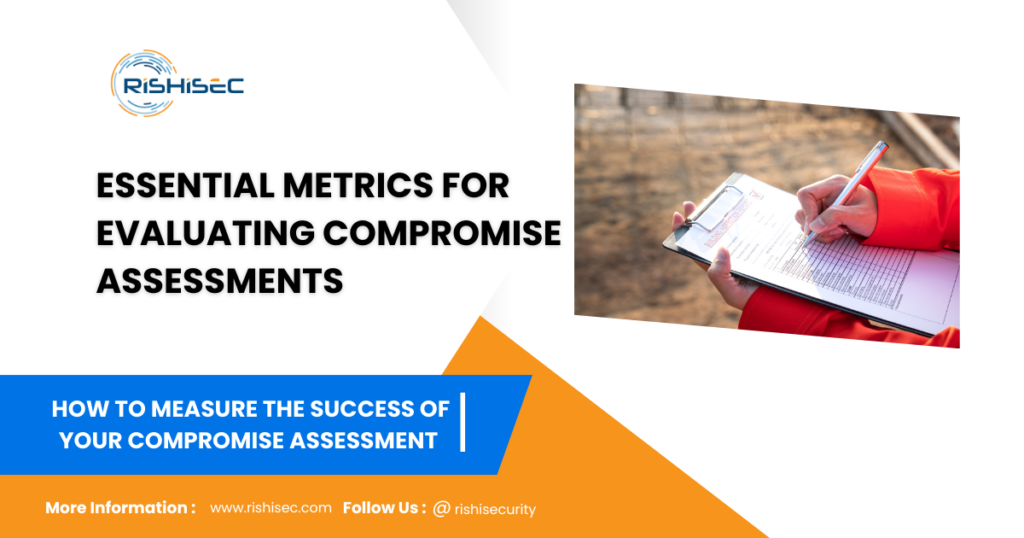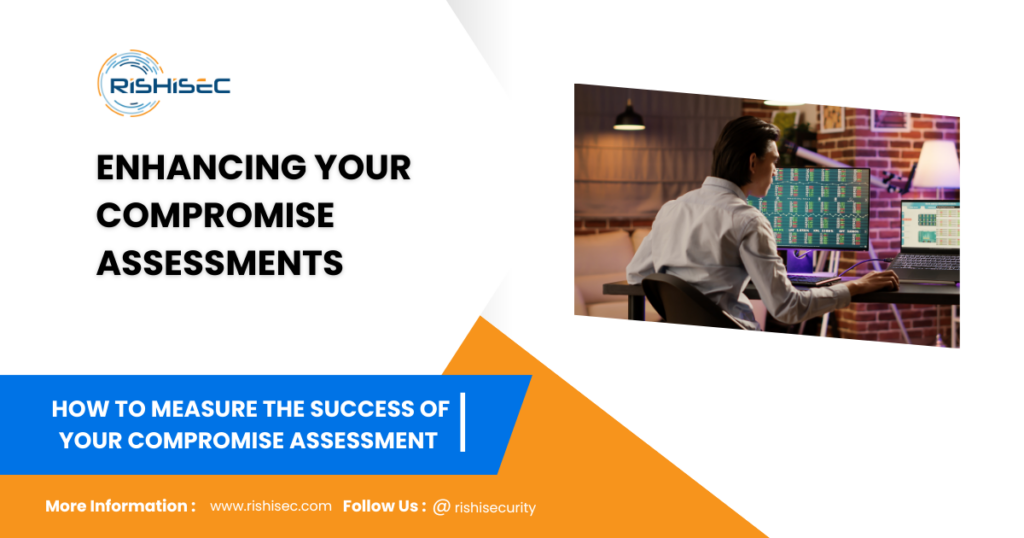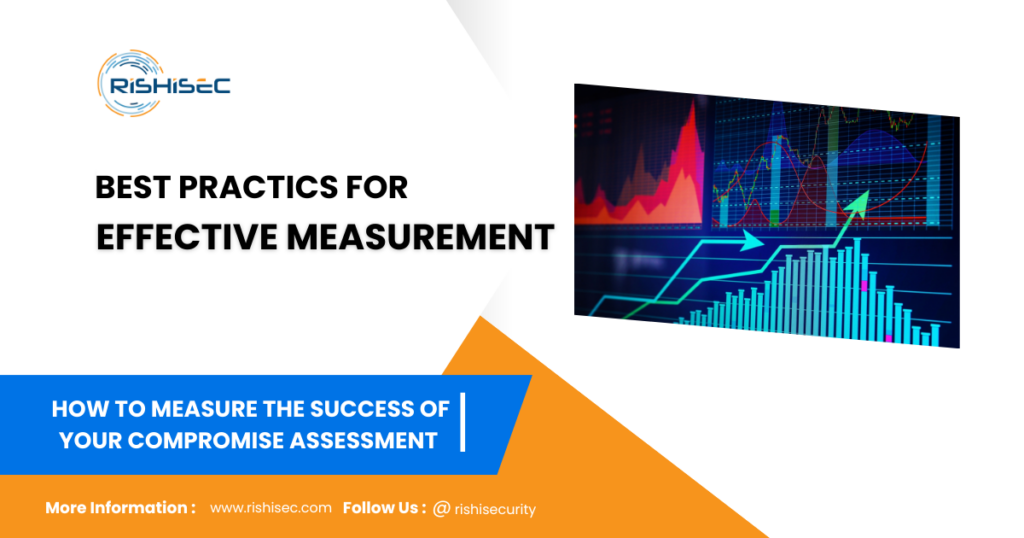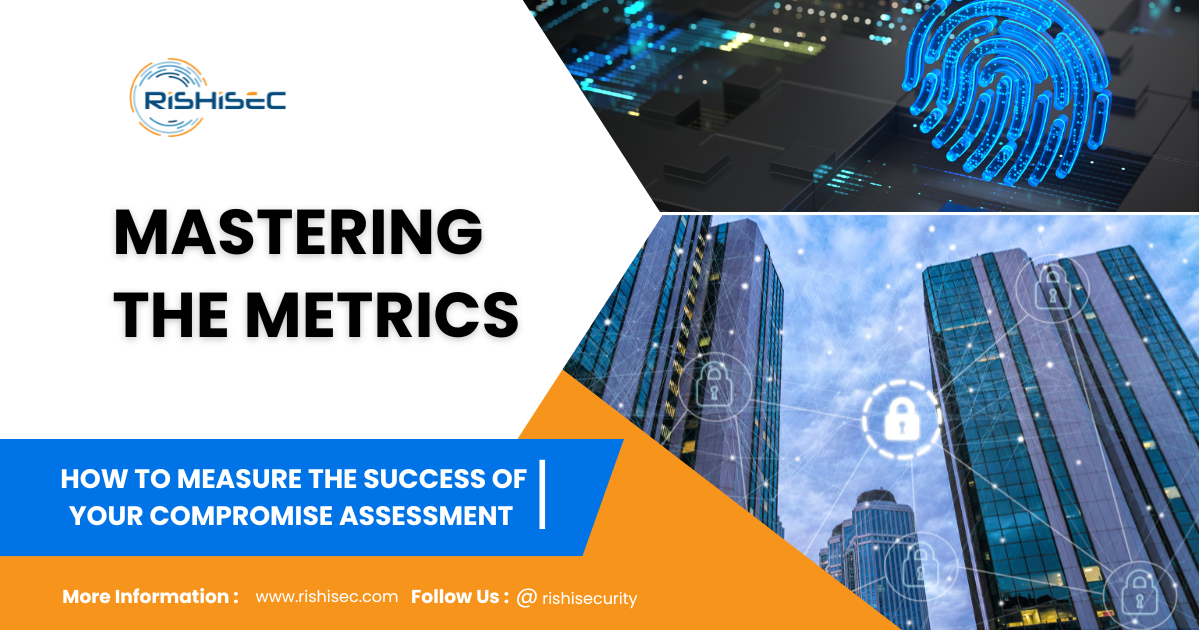Contents
- 1 How to Measure the Success of Your Compromise Assessment
How to Measure the Success of Your Compromise Assessment
In today’s rapidly evolving cyber security landscape, accurately measuring the success of your compromise assessments is critical to safeguarding your organization against sophisticated threats. Understanding how to measure the success of your compromise assessment ensures that your evaluations are not only thorough but also aligned with your overall security objectives. This guide will delve into essential metrics and methodologies for evaluating the effectiveness of your compromise assessments, providing you with actionable insights to enhance your cyber security strategy.
Essential Metrics for Evaluating Compromise Assessments

Evaluating Compromise Assessments
1. Assessment Accuracy
Effective compromise assessments start with accuracy. To measure this, focus on:
- Detection Rate: This metric evaluates how effectively your assessments identify actual threats. For instance, if your assessment detects 95 out of 100 known threats, your detection rate is 95%. Aim for a high detection rate to ensure your tools and methodologies are effective.
- False Positives/Negatives: Analyze the accuracy of threat detection by monitoring the number of false alerts. False positives occur when benign activities are mistakenly identified as threats, while false negatives happen when actual threats go undetected. Reducing both types of errors enhances the reliability of your assessments.
- Incident Correlation: Assess how well your assessments correlate with real-world security incidents. This involves comparing assessment results with actual breach data to ensure that your detection mechanisms are aligned with real threats.
2. Response Time
Speed is a critical factor in mitigating cyber threats. Track the success of your compromise assessments by measuring:
- Time to Detection: Measure the average time it takes to identify a compromise after it occurs. Reducing this time minimizes potential damage and improves your overall security posture.
- Time to Containment: This metric tracks the time required to contain and mitigate an identified threat. Efficient containment strategies help prevent the spread of breaches and limit their impact.
- Time to Resolution: Evaluate the total time taken to resolve and remediate a compromise. Shortening this time frame ensures that vulnerabilities are addressed promptly and reduces the risk of further exploitation.
3. Impact Analysis
Understanding the impact of a compromise helps refine your assessment strategies. Focus on:
- Data Loss: Quantify the extent of data or system loss resulting from a compromise. Assess the value of the lost data and the potential implications for your organization.
- Operational Disruption: Analyze how a breach affects business operations and productivity. This includes downtime, loss of efficiency, and the cost of recovery efforts.
- Reputation Damage: Evaluate the impact of a breach on your organization’s reputation and customer trust. Consider factors such as public perception, customer churn, and brand value.
Enhancing Your Compromise Assessments

Enhancing Your Compromise Assessments
Continuous Monitoring
Implement continuous monitoring to keep a real-time check on potential threats. Use advanced tools to track and analyze threat data continuously. Regularly review assessment results and adjust your strategies to address emerging threats effectively.
Regular Reviews
Consistently review and update your compromise assessment methodologies to ensure they remain effective against new and evolving threats. Incorporate feedback from previous assessments and stay aligned with industry best practices and technological advancements.
Benchmarking
Benchmark your assessment results against industry standards and peer organizations. This comparison helps gauge the effectiveness of your assessments and identifies areas for improvement. Look for industry-specific benchmarks and best practices to set relevant performance goals.
Success Story: Real-World Application to Measure the Success of Your Compromise Assessment
Consider a leading financial institution that revamped its compromise assessment strategy by integrating continuous monitoring and regular reviews. By focusing on metrics such as detection rates and response times, they significantly improved their threat detection capabilities and reduced resolution times. Their approach serves as a model for other organizations aiming to enhance their cyber security measures.
Best Practices to Measure the Success of Your Compromise Assessment

- Comprehensive Metrics: Ensure you are measuring all relevant aspects of your assessments, including detection rates, response times, and impact analysis.
- Regular Methodology Updates: Adapt your assessment methods to keep pace with new threats and incorporate industry best practices.
- Benchmarking Performance: Compare your results with industry standards to assess and improve performance.
CTA
Elevate your cyber security strategy with SentryCA. Our advanced solutions offer real-time monitoring, in-depth impact analysis, and continuous improvement features to keep your organization ahead of potential threats. Start your free trial today and discover how SentryCA can transform your compromise assessment approach, ensuring robust protection and enhanced security for your organization.
Are you interested in reading our this unique post, How to Detect Hidden Threats in Compromise Assessments: Best Practices for Cybersecurity Experts


